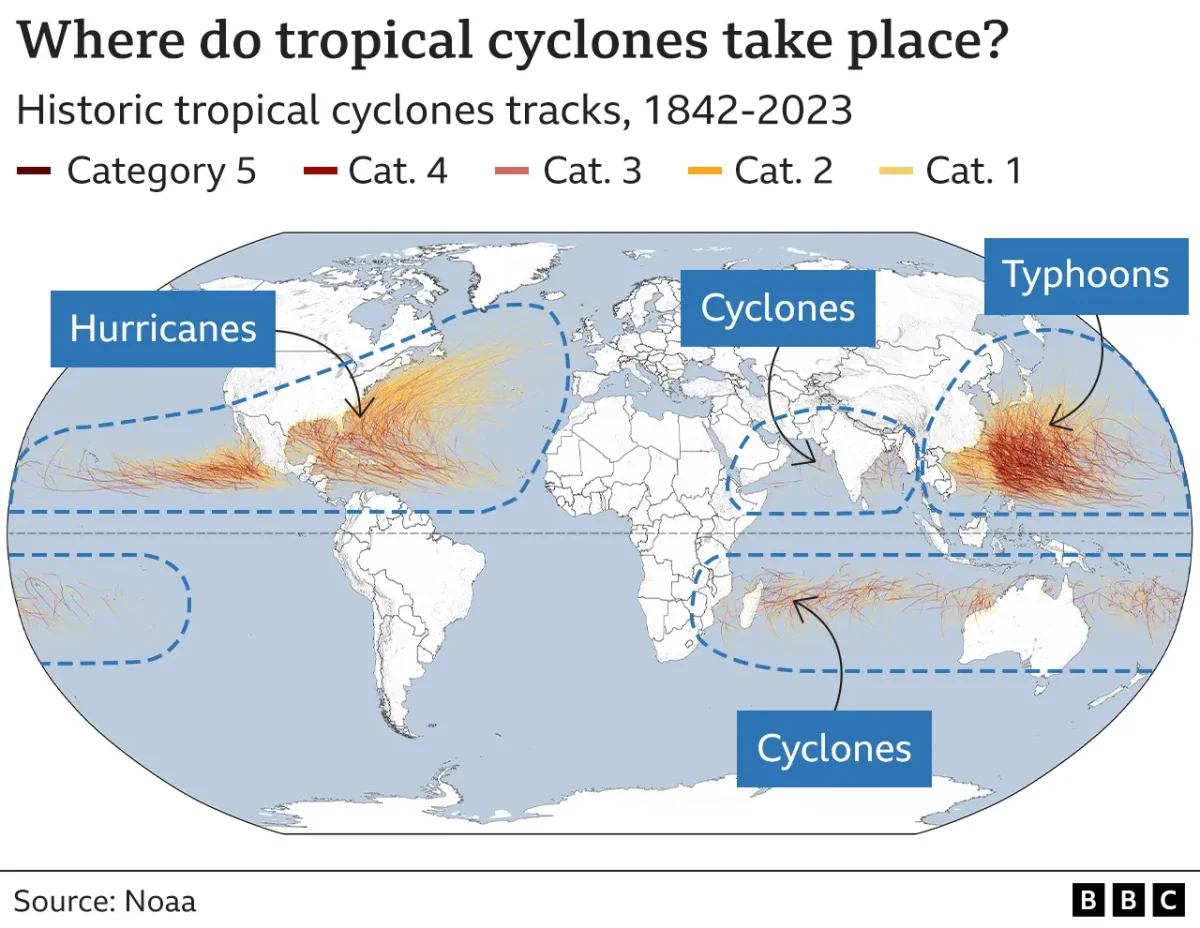Recent severe hurricanes have been proven to correlate to the climate change Earth is facing. Hurricanes begin as atmospheric disturbances such as tropical waves, which are low-pressure areas where clouds and thunderstorms develop. As moist warm air rises from the ocean, winds in the storm clouds begin to spin. This process is linked to how the Earth’s constant rotation affects winds in tropical areas away from the equator. The oceans need to be at least 80 degrees Fahrenheit for a hurricane to keep spinning and forming.
While an increase in hurricanes cannot be proven, an increase in intensity can. A larger proportion of hurricanes across the globe have been appearing as a category 3 or above. There has also been an increase in rainfall over these past few years. Rising temperatures have affected the intensity of recent hurricanes because warmer waters mean storms can pick up more energy, leading to higher wind speeds that cause more destruction. These high temperatures are mainly due to long-term greenhouse gas emissions. This change in temperatures can lead to more intense rainfall.
According to one estimate, climate change caused the severe rain from Hurricane Harvey around three times more likely. Meanwhile, the number of storms isn’t increasing, the rainfall and the intensity of the hurricanes will get worse. Scientists are saying that it is likely that there will be higher rates of rainfall and that it will reach higher top wind speeds. This will mean hurricanes will achieve higher levels of categories such as 3, 4, and. The more global temperatures rise, the more extreme these changes will tend to be. To avoid the many fatalities and destruction that come with these intense hurricanes, we need to avoid contributing to climate change.
Works Cited








